At first I wanted to write something lengthy about the type of art consulting Paul Klein conducts. But instead I thought it might be better to post some screen shots and a link to his website and people can form their own opinions. It doesn't fall under "scam", but nevertheless, there is again someone making profit off the desperation and naivety of artists. Klein Artist Works
 An art prize where the jury includes the applicants At the German HFBK (Fine Arts University of Hamburg) I found this project. The process of granting art awards, stipends and so forth is known to be quite intransparent. The "Surprise Prize" tackles this problem by putting together a jury of applicants (artists), a standard type jury (of the faculty) and "external experts" (the usual jury, exept they have to apply for this job, too). The process is complicated - it is described on several pages and features instructions for the application itself, presentations, time schedules, scoring systems, and experts acting in roles like advocate or critic. The whole thing takes several days to complete. Before I read it all, I thought this to be an interesting, albeit questionable approach to challenge the ways of institutional gatekeepers in fine arts - especially since mentor Michael Lingner is not only an artist himself, but, as a professor, also part of the institutional side. But when I came to the part where he describes that participants can bet money on the winning submissions, I realized that this whole thing is more of a grotesque hyperbole on an otherwise unresolvable dilemma of the evaluation of artistic quality. Artistic Satire? Be it as it may, the whole process is real and will, as far as I can see, happen exactly like this. To cut it short, here are the (pretty obvious) pros and the maybe not so obvious cons in my view: PRO 1. sheds some light on gatekeeper processes 2. ... the idea (even though it does come from a gatekeeper!) 3. reimbursement for participants 4. includes external "experts" 5. applicants may state the categories they wish their project to be judged upon 6. actual grant money can be won CONTRA 1. The role of the artists. While I do see the problem, the answer cannot be to include artists in the jury process. First, there is no reason why artists should be more qualified to do what in principle cannot be done: to evaluate art in an objective way. Second, as an artist, my job ist to make art. I don't want to do jury work, as a matter of fact I don't want to do anything else, just because that's not what artists do. 2. And because of that, I am neither very much interested in becoming art by being part of some artistic performance. I imagine how great a potential for conflicts and awkward situations the team will face, and how bizarre the part I am expected to play is. How would this make me feel in the actual situation? Probably, at least like being used. In short, this may turn out to be some sort of artist's soap opera. 3. The role of the experts. When someone asked what makes an expert here, it was said: a graduate in an art related field. It is stunning, that this unsurprising inquiry, which at the same time points to the crucial question of how to judge the quality of art, could be answered in this blatantly naive way. 4. My project is the best, or else I would have made it differently. http://www.hfbk.de/surprize/ 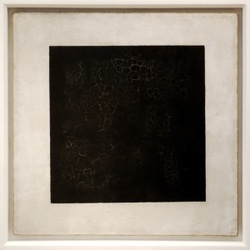 We encourage the compilation of a Black List of institutions that treat artists in an unfair manner. This will be an internet-based, open read/write access database. We imagine a location based search and a discussion forum. Now, we define an institution as "unfair" if it 1. charges fees 2. delegates its work to artists 3. sets up too strict conditions 4. offers no adequate reimbursement 1. Charging fees This practice has been known for quite some time, predominantly from vanity galleries and 'open calls' for artists. A charge of $20 or more for an application and the submission of some images. Often these calls are coupled with prize money. Since artists need to be seen, such calls often generate numerous applications. This is questionable at best: the money is taken from the weakest group, i.e. that with the already lowest income. Moreover, this approach cannot be compared to an ordinary deal like 'buying a chance'. The chances cannot be quantified beforehand: most people will receive a rejection in an untransparent jury process. Ultimately, the winners take it all: the careers of the chosen few will be boosted at the expense of the rejected majority. For the institution it is a way to generate revenues and reduce the financial risks. 2. Delegating work (which should be taken care of by the institution) to artists There is a strong tendency to let the artists contribute to all kinds of work related to a show, from advocacy to writing texts for catalogs, designing posters and flyers, taking photos, paying for insurance and transportation and so forth. 3. Setting up too strict conditions in a cooperation Contemporary artists have to spend a considerable amount of time on paper work. The rise of the curators has led to a demand of increasingly complex conceptualizations of art to make it "fit" different curatorial concepts. Artists face complicated, non-standard application processes (being asked for extensive data like CVs, project descriptions, calculations, or artist staments). This goes along with practical problems, like receiving little support during the installation process during the preparation of a show. Especially in residencies, artists face additional responsibilities like contributing to an (unpaid) supporting program (artist talks, panels, guided tours, teaching). 4. No adequate reimbursement This is a tendency in all fields of the arts and the creative industries in general. The imbalance of "supply and demand" of jobs (fine arts: exhibition possibilities) makes artists vulnerable to exploitation. It should be a given to get paid for one's work, but in many cases things are different. Sometimes, this is explained by tight resources, or alternatively the compensation is seen in the (supposed) career boost. In any case, it has to be conceded that many artists are willing to work for free. We want to emphasize that this idea of a Black List is not intended as a form of institutional critique (so there might be a white list, too). It is well known how institutions act and how they are embedded in the art system as a whole. Rather, the pressing questions we seek to answer are why artists do conform to these conditions, and what are the possibilities for improvement? The Black List aims at putting institutions under more scrutiny by a straight, practical approach. It is twofold: Institutions are confronted by their practice made public. Artists are challenged to take a position on which working conditions they are willing to accept. Both outcomes are in favor of a discourse on the working conditions of artists. Relax, Relate, Release
Why some don't quite feel like a monarch in their residency The word "residence" used to mean the dwelling place of a sovereign. In German civil service law there was a "Residenzpflicht", meaning the obligation for a civil servant to live near his workplace. And that's a lot closer to what an artist's residency means these days. Of the numerous conditions the artist has to comply with, this is among the most common. often, the residency expects more services from the artist. This may include an exhibition, assistance in misc. activities (like teaching) of the institution, the donation of artwork, writing reports about the residency in a blog, and so forth. On the plus side, you will probably get a studio, some new experiences and maybe contacts, and yet another entry on your CV. Sometimes, a small stipend is provided, along with lodging and other services. I'm sure there are some great residencies out there where you reside in a comfortable New York Loft, free to make the kind of art you want to. But the residencies people tell me about do not sound like that. It starts with the application. I remember an otherwise generous call for proposals issued by a housing society. The artist was expected to "reflect" upon the city district and include the local people in his/her work. The idea, of course, is to bump up the district in a process of gentrification. I wondered what kind of art would be produced during this residency. I pictured the artist talking to the people, collecting "stories" related to their district and putting up some clever visualization. And that's pretty much what it was; moreover there were somehow migrant kids included. Who could ask for more. Everybody emphasized how much of a success the project was to the district. No one talked about art. As I see it, residencies tell us a lot about what the public expects an artist to be like. For us artists, it's no problem to spend months at some remote spot far away from home. We don't have a family, kids to take care of, or generally a life. The residency may have the luxury of a school camp or a youth hostel - we don't care, art is all that matters to us. In living this kind of life, we acknowledge and promote it at the same time. We put ourselves in the psychological position of a kid, hoping to find appreciation of our parents. An interesting look at cultural capital and its relevance to artist identities: "The question of who, exactly, is an artist — what that word means, who defines herself by it — has always been a tricky one. All sorts of surveys purport to the tell us the number of artists in the US, from the government census to independent initiatives, but the terms of the discussion have never been entirely clear. Are artists self-defined? Must they make money off their creative work (a certain amount)? What kinds of creative work count? Can you be a professional artist if you spend 30 hours a week doing something besides making art?
Each survey defines “artist” in its own way and then moves on with its results, but a new study in the journal Poetics takes up the root question itself: “Who is an artist? New data for an old question,” by sociologists Jennifer C. Lena and Danielle J. Lindemann. Lena and Lindemann look at data collected in the 2010 Strategic National Arts Alumni Project survey as a means of exploring the confusion over who or what constitutes an artist." http://hyperallergic.com/115627/what-makes-an-artist-an-artist/ By now it is commonly known that most visual artist top earners are male. The ideal artist image to this day is still the image of the young (preferably under 35), white male. Considering that most art programs enroll more female students than male, that leaves one wondering, what happens to these women and why are there not more networks specifically for female artists? After searching the net for a bit, I came across a gallery in Chicago that is specifically for women, Woman Made Gallery. Enthused, I read through the information on their site:
Woman Made Gallery is a tax-exempt, not-for-profit organization founded in 1992. Its goal is to support women in the arts by providing opportunities, awareness and advocacy. It specifically accomplishes this through exhibitions which raise public awareness and recognition of women's cultural contributions. Sounds very support worthy. However, a bit further down the page, I came across this: Solo Exhibitions In addition to thematic group shows, WMG schedules solo shows where professional women artists have the opportunity to exhibit a more comprehensive body of work than is possible in the group shows. These solo shows give gallery visitors a chance to experience both a more in-depth look into the work of an individual artist. Solo show artists are selected by invitation only. WMG does not accept unsolicited proposals but selects solo show artists from a large pool of individuals whose work is already well known to the Gallery Staff. Usually, the artist is a current member of the gallery, has been previously accepted into WMG group exhibitions, has been involved in other gallery functions such as jurying a show or volunteering, and/or is part of the online registry. The criteria for inclusion are a consistent body of quality work, a strong content, feminist orientation, how the work in the solo show complements the group show planned for the same time period, professional activities as an artist and professional attitude. The current fee for a four-week exhibition is $500, which includes placing up to 15 images on our website. Solo Show artists are responsible for printing their own invitations and sending invitations to their personal mailing list. WMG includes Solo Show artists in emailed newsletters, on our website, in press releases and on our juried group-show invitations.. Ok, now where to start? I looked at their current call for art (http://womanmade.org/pdfs/text2014.pdf) which comes with the price tag of a $30 submission fee. In case one gets accepted, there is another $10 administrative fee for shipped work. WMG also doesn't pay for insurance while the work is exhibited. But let's say you feel this expense is all worth it, because, after all, that's what it takes to be eventually considered for one of their solo shows until....until you realize, there are more expenses. You get to spend $500 to exhibit and print your own invitations. Yippieehhh. Now how is this so different from vanity galleries? Because some form of selection took place? Yes, I am upset. I am upset because I think if you truly want to support women, make means available to do so. Do not set up a system where women, yet again, have to pay under the disguise of a non-profit in order to maybe get the chance to exhibit. 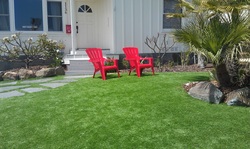 Relaxing in San Diego Relaxing in San Diego When looking online for artist residencies, one is confronted with an overwhelming plethora of options. But how to distinguish "good" from "bad" ones? Interestingly, despite the number of options, there are hardly any residency reviews to be found. There is one new website, ratemyartistresidency.com, that, once more people submit their experience, sounds like a promising resource. However, it will still only be one. Considering that most residencies last from two weeks up to several months and are not free, more information on what is to be expected should be available. The following are a two statements extracted from websites that highlight some positive and negative aspects of different residencies that I found after hours of research, indicating the utter lack of available information: 1. This summer, the Santa Fe Art Institute in New Mexico began a new family residency initiative, quietly but radically changing the landscape of access for artist-parents and creating an important model for other programs originally designed for single artists. On their site, you'll find the following statement: The SFAI recognizes the lack of residency opportunities for artists to be able to take advantage of residencies without having to leave their children behind. We are taking responsibility in doing our part to close that gap by offering an environment that supports both creative opportunities and the needs of artists with children. http://www.culturalreproducers.org/2013/08/family-residency-initiative-santa-fe.html 2. “I went to Elsewhere in Greensboro, North Carolina, this past summer as part of their first round of Southern Constellation Fellowship recipients. Southern Constellation is a newly created residency program that is funded through the National Endowment for the Arts. Each fellow receives housing, food, and an honorarium. This is a project-based residency, so residents are expected to create work in the space that responds to its archive of materials in some way. There are a number of people, referred to as “curators,” working at Elsewhere who manage different aspects of the space. There is a production curator who handles communication with the residents and ensures that they are undertaking projects that are in line with the mission of Elsewhere. This was an interesting residency. I am not a huge fan of very rustic living situations, so if the idea of living in an old thrift shop without air conditioning for a month and sharing a shower with 8 to 12 people is not appealing, I would not recommend this one." http://burnaway.org/importance-residencies/ I think the SFAI approach deserves our attention and points in the right direction, though there is definitely still some way to go. On the other hand I wonder why we don not see loads of "rustic living"-style criticism. Why would artists accept the status quo just like that? Maybe because a residency is a potentially career-boosting entry on their CVs, and you wouldn't goof on that. And when you're over 35 ("emerging") and beyond "nomadic" romanticized artist lifestyle, you probably abandon residencies altogether. So, rate your residency at www.ratemyartistresidency.com! |
AuthorPe/MoA Archives
May 2015
Categories
All
|
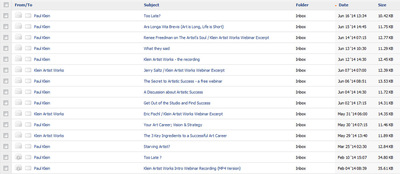
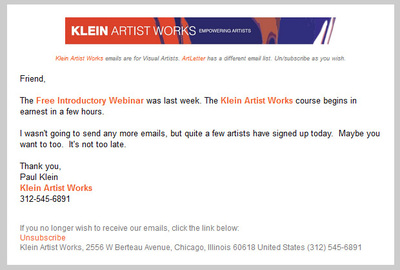
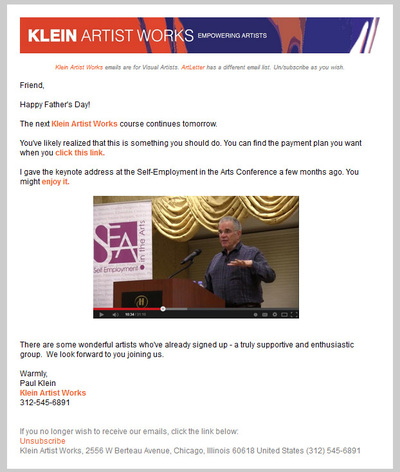
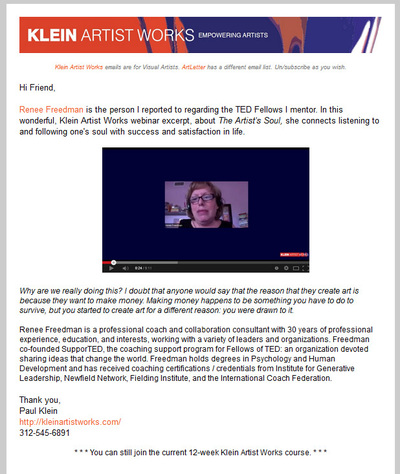
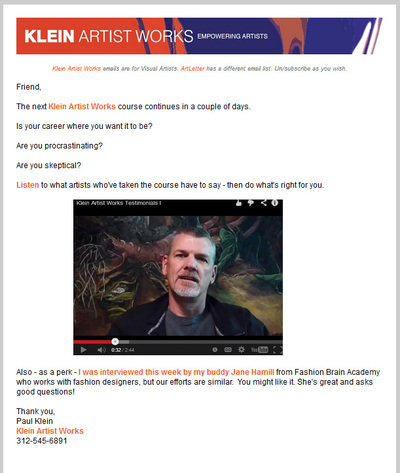
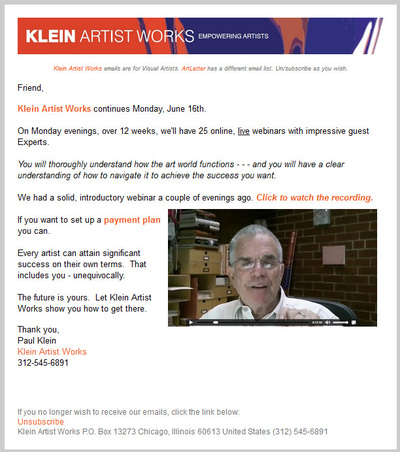
 RSS Feed
RSS Feed
